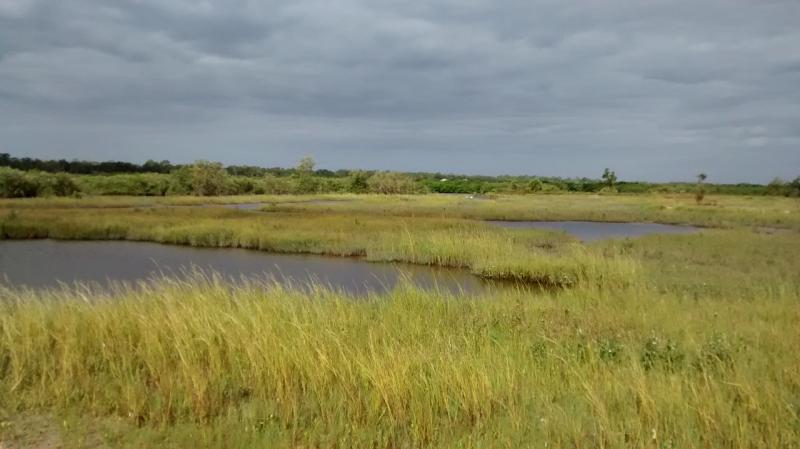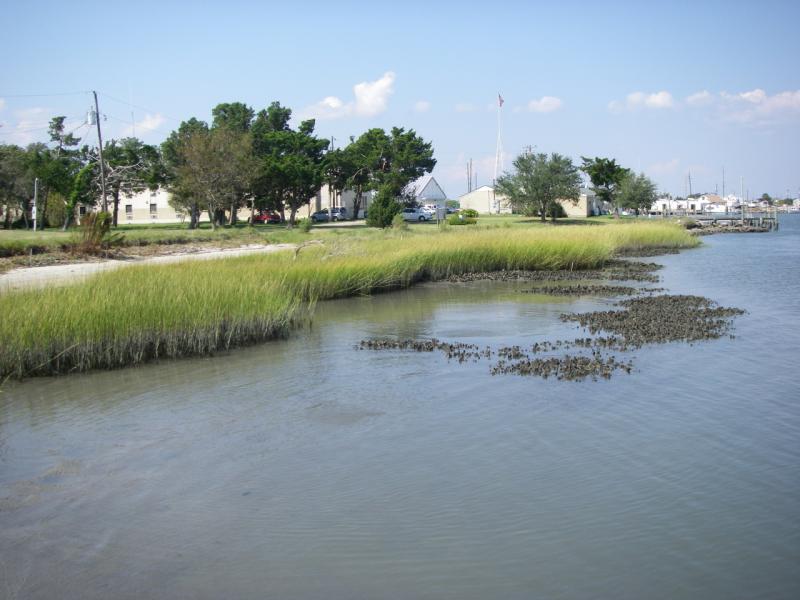We support living shorelines because they reduce habitat loss for fish and other wildlife, and because they protect shorelines from storms. After Hurricane Matthew hit in October, we saw that they really work.
Shorelines are often stabilized with “hardened” structures, such as bulkheads and seawalls. Ironically, these structures often increase the rate of coastal erosion and provide little habitat. Living shorelines use natural materials—like plants, sand, and limited use of rock—which helps them absorb storm surges and waves.
We worked on a living shorelines demonstration project with the St. Johns River Water Management District in New Smyrna Beach, Florida. We used several types of living shoreline techniques so nearby landowners could see all the options for stabilizing shorelines without using traditional “hard” materials.
When Hurricane Matthew came through, winds in the area were clocked at more than 90 miles per hour—the roof of a nearby building even blew off! Water levels also rose about four feet higher than normal. The demonstration area faces directly north, the direction from which the most destructive winds came during the storm. But, after the hurricane, all structures in the area were intact, with minimal erosion.
Another NOAA partner, the North Carolina Coastal Federation, surveyed shorelines in the wake of the storm. So far, they’ve found that living shorelines had no visible damage. At least half the hardened shorelines they surveyed were damaged by sediments scouring the front of the structures and by water flowing over top and weakening them. The cost to repair these structures is high.
NOAA promotes living shorelines as a shoreline stabilization technique to reduce erosion while providing habitat and enhancing coastal resilience.




